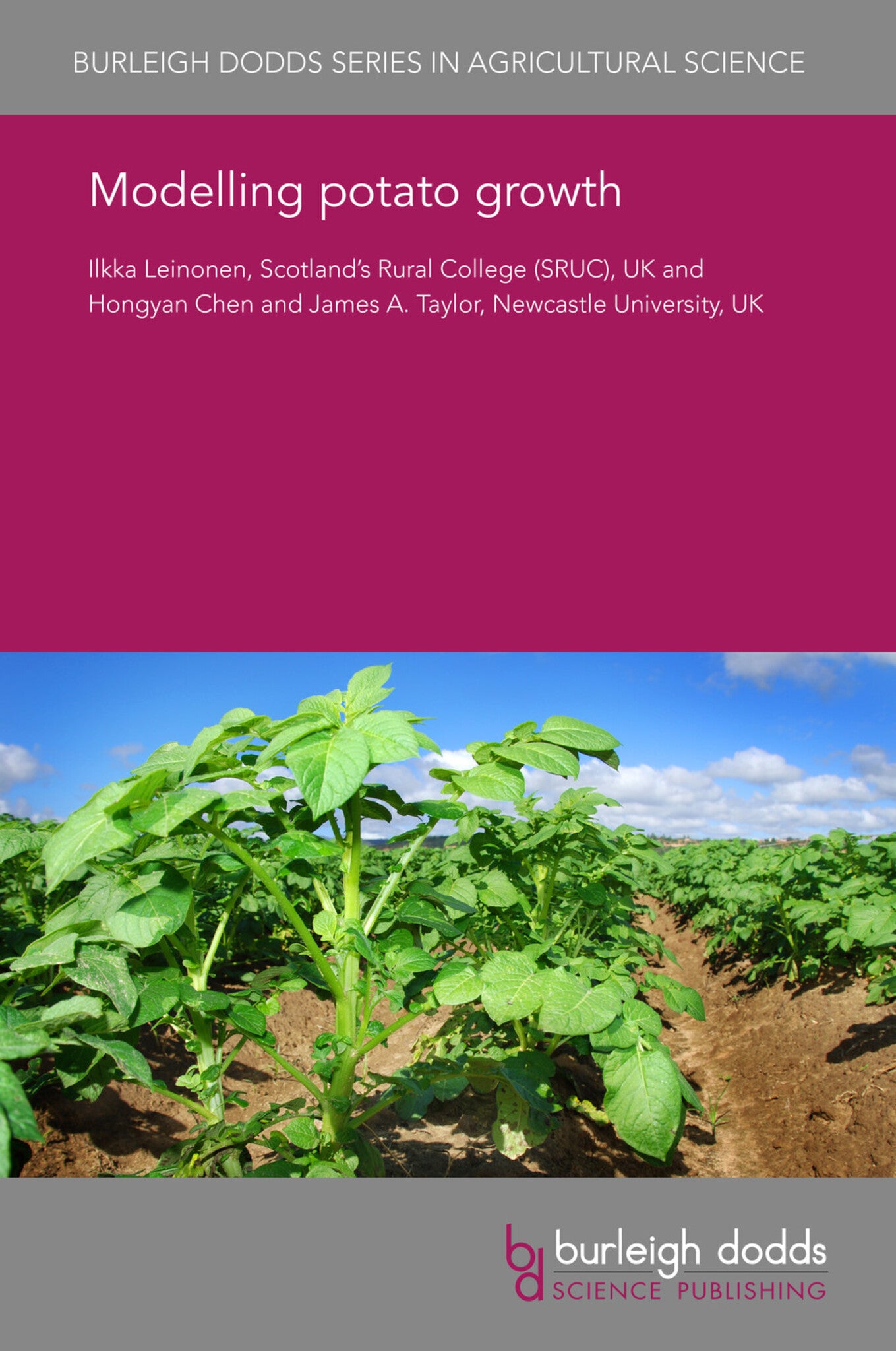We're sorry. An error has occurred
Please cancel or retry.
Modelling potato growth

Some error occured while loading the Quick View. Please close the Quick View and try reloading the page.
Couldn't load pickup availability
- Format:
-
07 September 2018


TECHNOLOGY & ENGINEERING / Agriculture / Sustainable Agriculture, Agronomy and crop production, TECHNOLOGY & ENGINEERING / Agriculture / Agronomy / Crop Science, Sustainable agriculture, Organic farming

1 Introduction 2 General principles of crop modelling 3 Applications of crop models: an overview 4 Mechanistic modelling of different processes of potato growth 5 Use of models for potato production: recent examples 6 Future perspectives: application of the models in precision farming 7 Summary 8 Future trends 9 Where to look for further information 10 Acknowledgements 11 References



